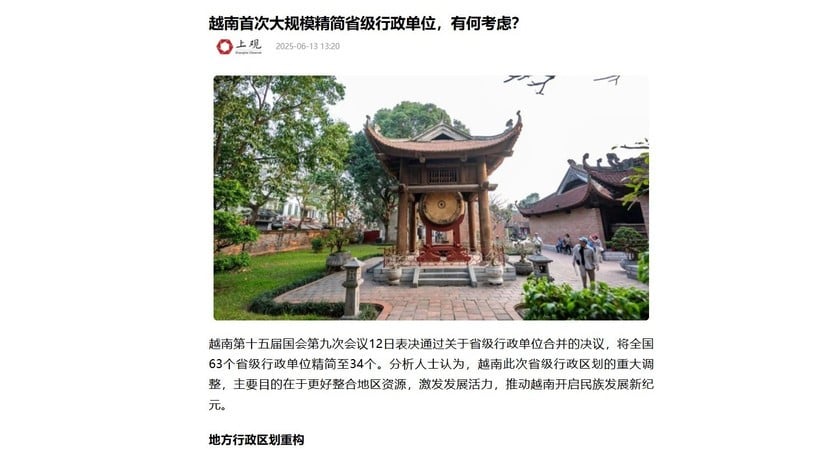 |
| Article from China's Shangguan news site. (Photo: People's Daily) |
At its 9th session, the 15th National Assembly of Vietnam passed a resolution to merge provincial-level administrative units, reducing the number of provinces and centrally-run cities from 63 to 34. According to China's Shangguan news site, this is an administrative reform of unprecedented scale in modern Vietnam's history, demonstrating strong political determination in restructuring the state apparatus.
The article quoted General Secretary To Lam emphasizing that the cumbersome administrative apparatus is one of the reasons hindering development; most of the national budget is still spent on operating the apparatus instead of investing in growth. Therefore, streamlining the apparatus not only helps save costs but also creates conditions to focus on long-term development goals.
According to the Shangguan News website, this merger is a continuation of the reform of the central apparatus that was launched earlier, with many resolutions on restructuring the Government and the local administrative system. The Vietnamese National Assembly requested that the competent authorities urgently complete preparations for the new government system to officially come into operation from July 1, 2025.
Some typical examples mentioned in the article show the huge scale of adjustment. Bac Ninh province - an industrial center in the North with an area of only 822.7 km² will merge with the neighboring Bac Giang province. This will form a new province with an area of 4,718.6 km², creating room for industrial development and synchronous urban infrastructure. In the South, Ho Chi Minh City - the economic locomotive of the country, after merging with Binh Duong and Ba Ria - Vung Tau provinces, will become a special urban area with an area of over 6,772 km², a population of over 14 million people and contributing about 24% of the country's GDP.
The article also quoted the opinions of National Assembly deputies and Vietnamese media, stating that the merger of administrative units is not only to streamline the apparatus but also to improve management efficiency, promote socio-economic development and modernize the administrative apparatus. This is a historic decision, opening a new chapter in Vietnam's development process.
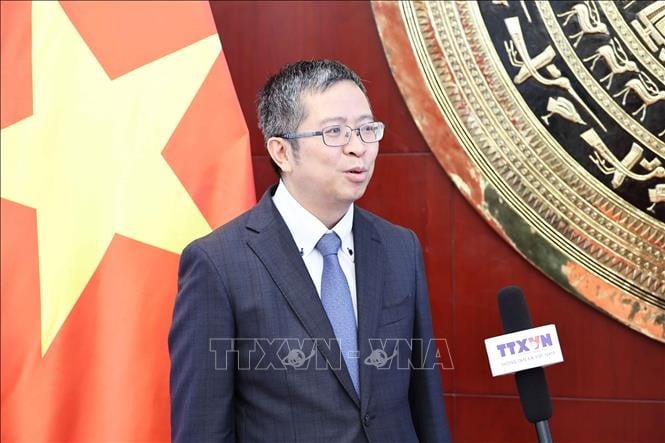 |
| Vietnamese Ambassador to China Pham Thanh Binh. (Photo: VNA) |
Speaking to a reporter from the Vietnam News Agency in Beijing, Vietnamese Ambassador to China Pham Thanh Binh affirmed that the merger of administrative units is a correct and practical step, contributing to building a government that is close to the people, understands the people and serves the people better. According to him, the two-level government model after the merger will improve the efficiency of the government apparatus, while expanding the space for sustainable development nationwide.
The Vietnamese Embassy in China also pledged to accompany localities in the country in the process of implementing the new administrative model, and actively promote to Chinese friends and partners about Vietnam's efforts in reforming the apparatus and building a modern administration. In addition, the Embassy will mobilize the Vietnamese community in China to unite, turn to their homeland and actively contribute to the country's development.
Source: https://thoidai.com.vn/bao-trung-quoc-viet-nam-sap-nhap-cac-tinh-la-buoc-di-chien-luoc-mo-ra-ky-nguyen-phat-trien-moi-214550.html





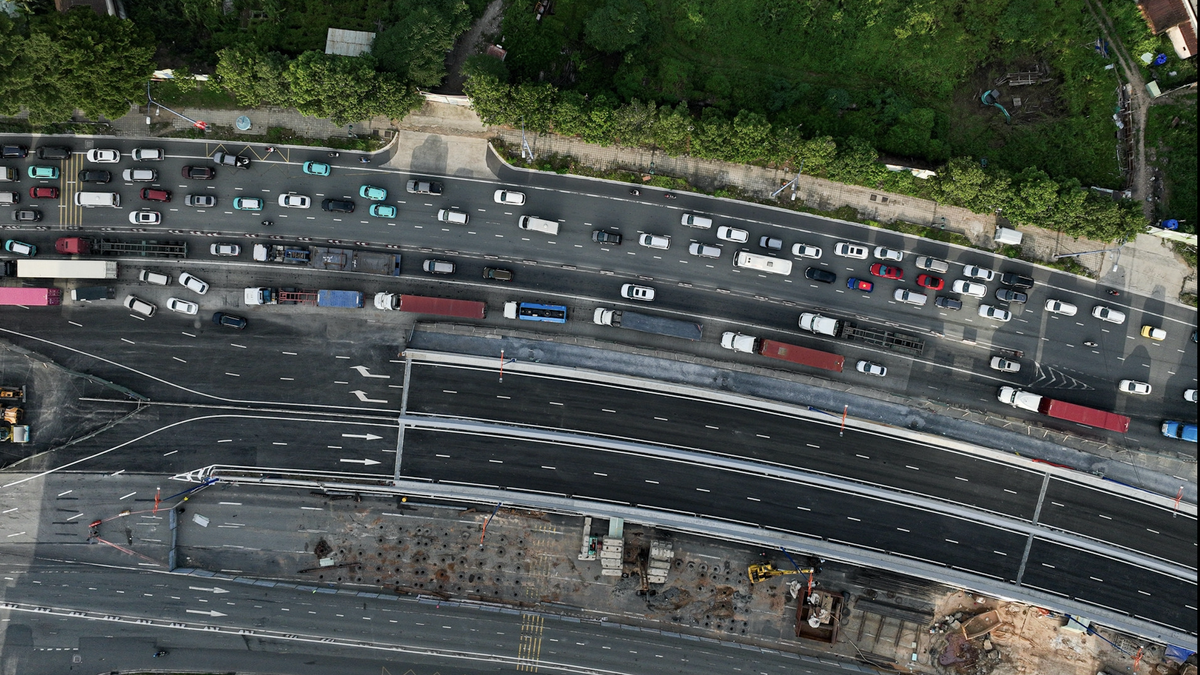








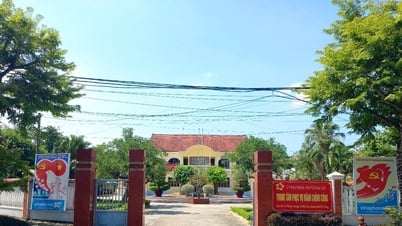




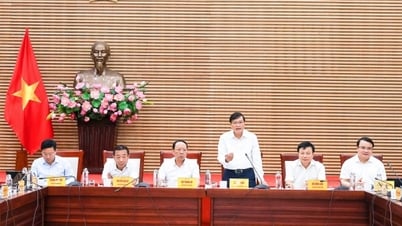
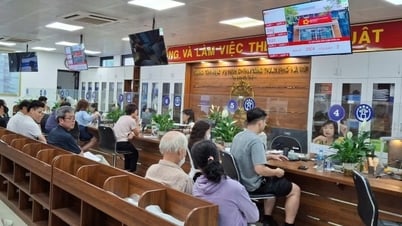

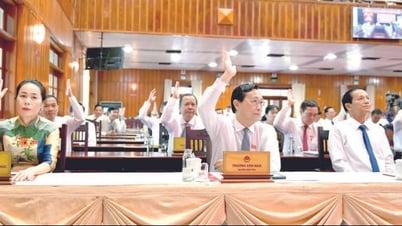
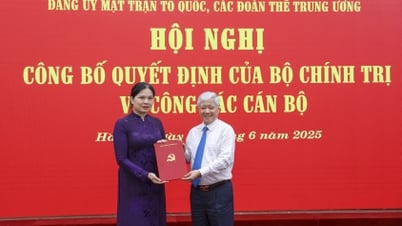






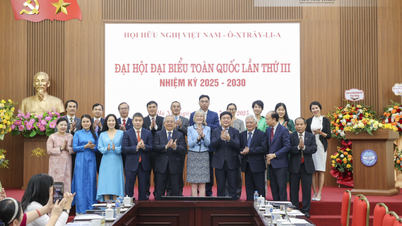

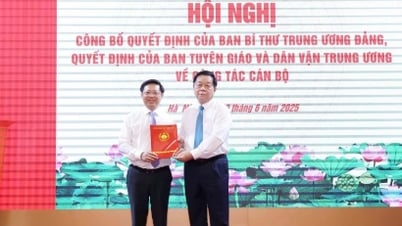
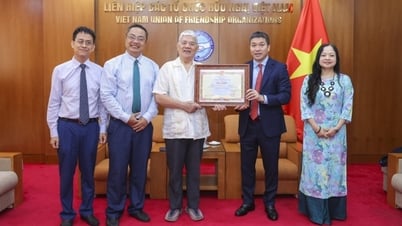
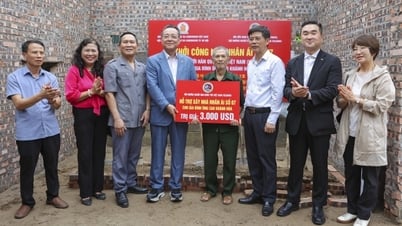




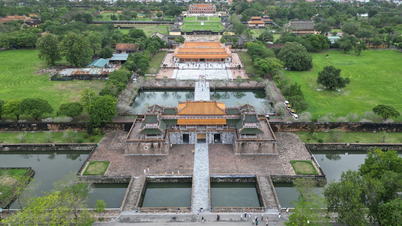





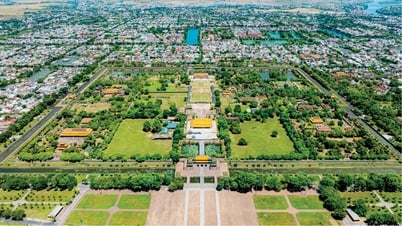

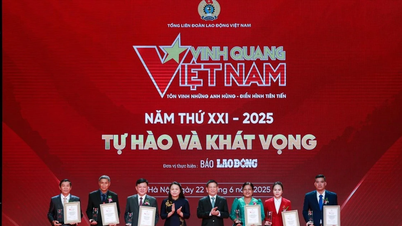



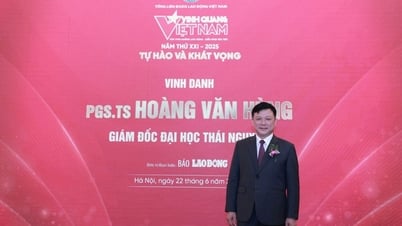










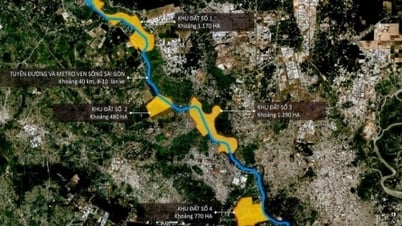






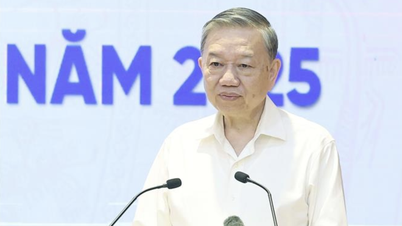







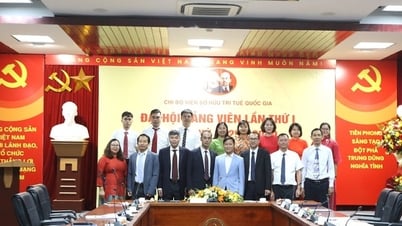









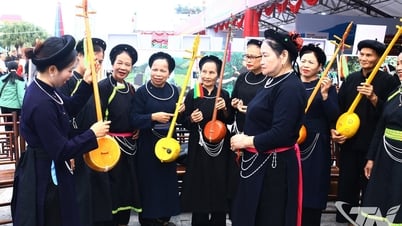












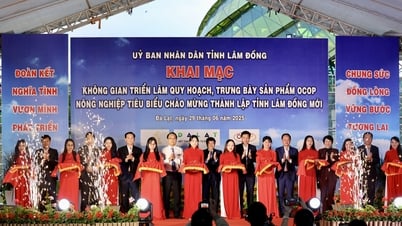






Comment (0)